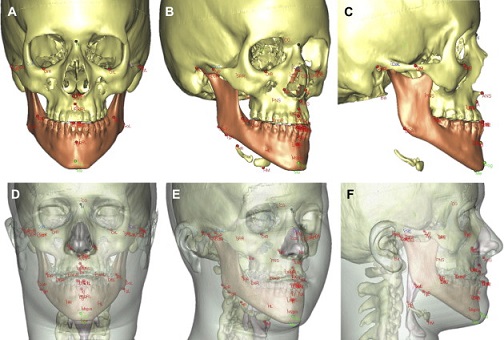
The objective is to democratize the population's access to personalized prostheses
Based on tomography, the 3D system developed by the University Center of the FEI, in partnership with other institutions in Brazil, allows for craniofacial modeling and reconstruction for the production of personalized prostheses for people who are victims of accidents, with pathologies or with congenital defects . The software has a friendlier interface than similar ones, which are considered to be much more expensive.
"The goals are to incorporate innovations and make the interface even more practical and easy to use, for physicians working in the modeling, in addition to developing cost-free technologies for public health, in order to reduce the waiting lines of the Unified Health System ”, explains prof. Paulo Sérgio Rodrigues, from the Computer Science Department of the Centro Universitário da FEI. “The new focus of the project, now, is the collaboration with forensic medicine, in the identification and reconstruction of skulls and faces of unknown people, from bones.”
The software makes a 3D reconstruction of the patient's entire skull and bone structure, creating a mold. With this mold, it is possible to prototype (print) the prosthesis in acrylic – a material that has a lower rejection rate. According to prof. Rodrigues, “3D modeling is still one of the biggest challenges in Computer Science, as it requires a lot of human intervention”. Even with all the technology, many prostheses require adjustments at the time of surgery.












